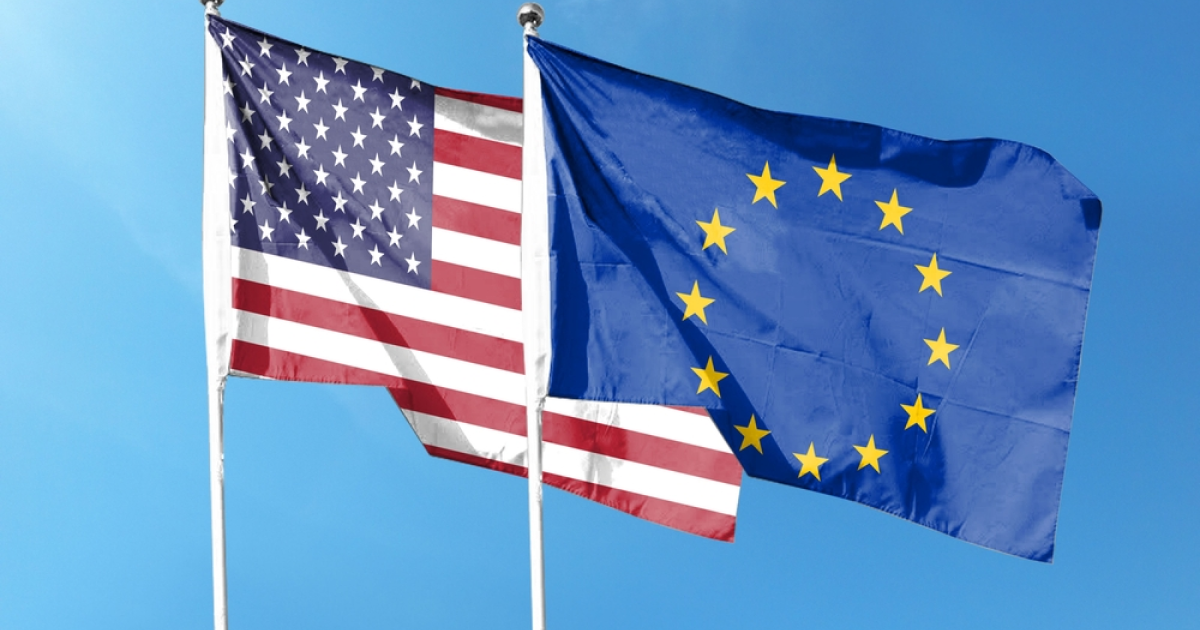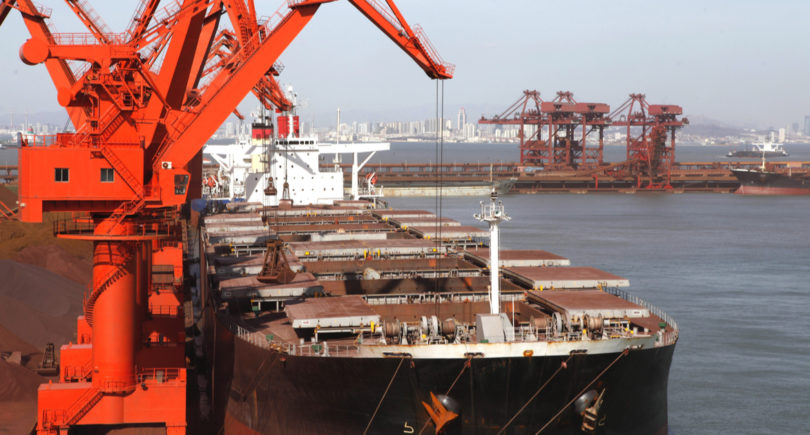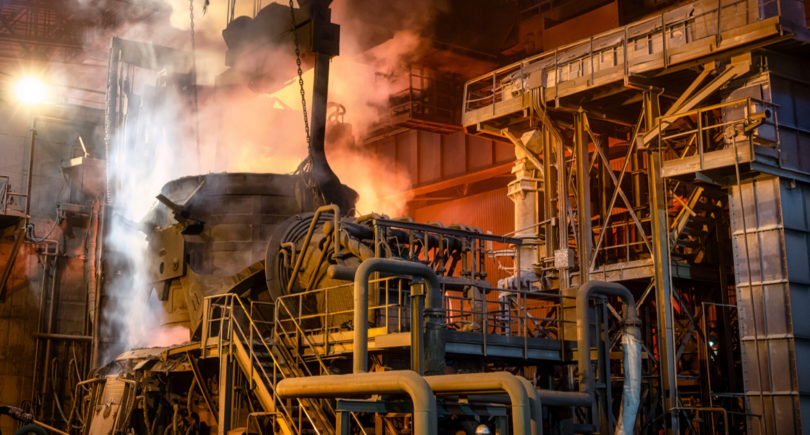
News Global Market EU 932 23 October 2023
Currently, the parties are aiming to reach an agreement by the end of the year
The EU and the US failed to reach an agreement on a trade dispute settlement during a summit held late last week. However, in Washington, they announced that they will continue the quotas for the import of steel and aluminum, informs Reuters. In addition, the parties assured that the negotiations will continue.
The market had expected the summit to conclude interim agreements that would go some way towards achieving the Global Agreement on Sustainable Steel and Aluminum Production (GSA). However, the joint statement of the parties was mostly focused on geopolitics.
«Over these two years, we have made significant progress in identifying the sources of non-market excess capacities. We also gained a better understanding of the tools to address the emissions intensity problem of the steel and aluminum industries. We look forward to making further progress towards these important goals over the next two months,” it is stated in the document.
President of the German Steel Association WV Stahl Bernhard Osburg remarked, that the organization regrets that a great opportunity was lost in Washington, and calls on the European Commission to use the time until the end of the year to find common solutions and coordinate effective measures.
“Time is of the essence: the steel industry in Germany and Europe is in the middle of the transformation to climate neutrality, and therefore in an extremely vulnerable phase. In this situation, the EU cannot afford a trade conflict with the US. What is needed now is decisive and coordinated action against overproduction, which harms the climate, and deepened cooperation in the development of green markets,» he emphasized.
Kevin Dempsey, President and CEO of the American Iron and Steel Institute (AISI), stated that US steelworkers appreciate the government’s ongoing efforts to forge a new international agreement that would address problems related to overcapacity and carbon-intensive imports.
«We are disappointed that the EU has not so far been prepared to agree to US proposals to establish new trade measures that could effectively address these two key issues that are critical to the future of the US and EU steel industries,» he noted.
The deadline for reaching an agreement was set on October 31, but currently the negotiators are targeting the end of the year. Washington and Brussels, among other things, have very different views on China, notes SteelNews, in particular, regarding possible anti-subsidy procedures against Chinese steel producers and the introduction of tariffs on these imports. The US wants to see immediate action against China, while the EU is pushing for anti-subsidy investigations that could take years.
«The EU and the USA are trying a new system of protectionism, which will include an environmental component. This process is a logical continuation of the implementation of CBAM in the European Union. It can be expected that in the future the number of climate restrictions will increase, as this is a good reason to support domestic steel production,» the GMK Center analyst Andriy Glushchenko emphasized.
As GMK Center reported earlier, the EU strives to permanent solution regarding tariffs under section 232. In October 2021, the United States and the European Union reached a temporary agreement, which replaced them with import quotas – the import of 3.3 million tons of European steel per year and 384 thousand tons of aluminum. The agreement was effective from January 2022, but it expires at the end of this year.



